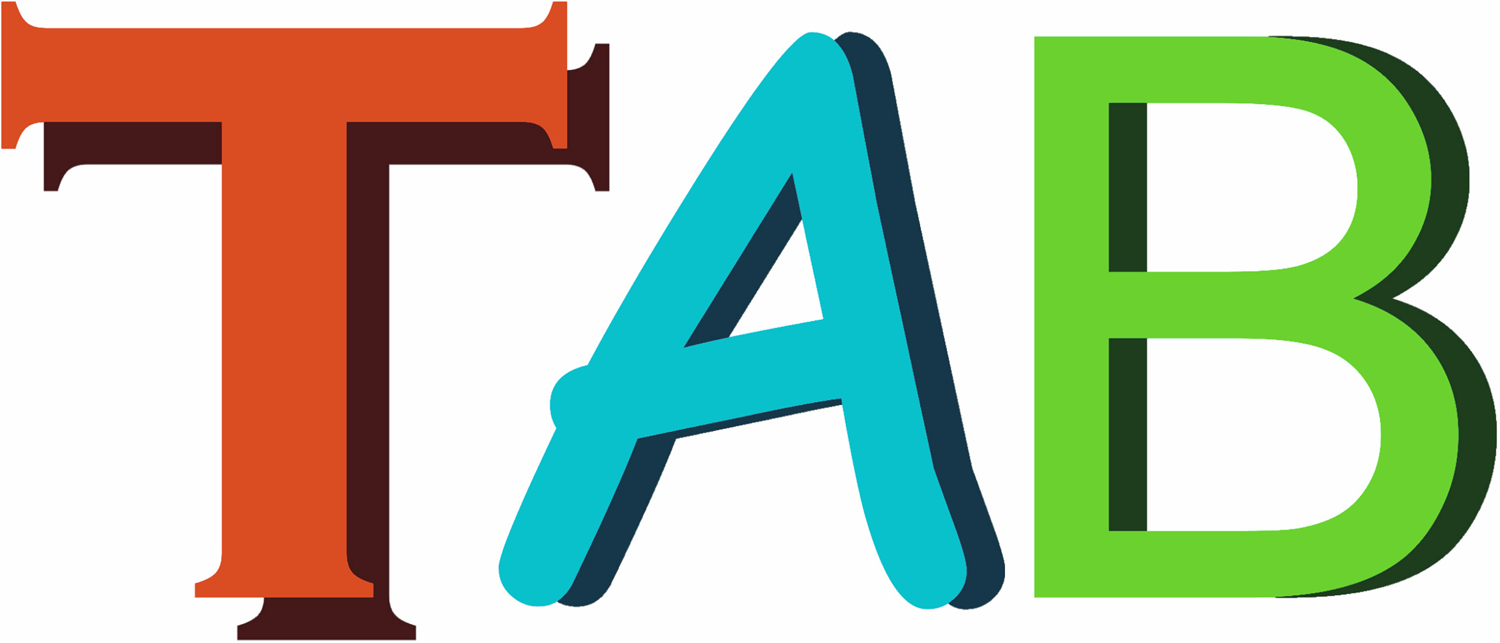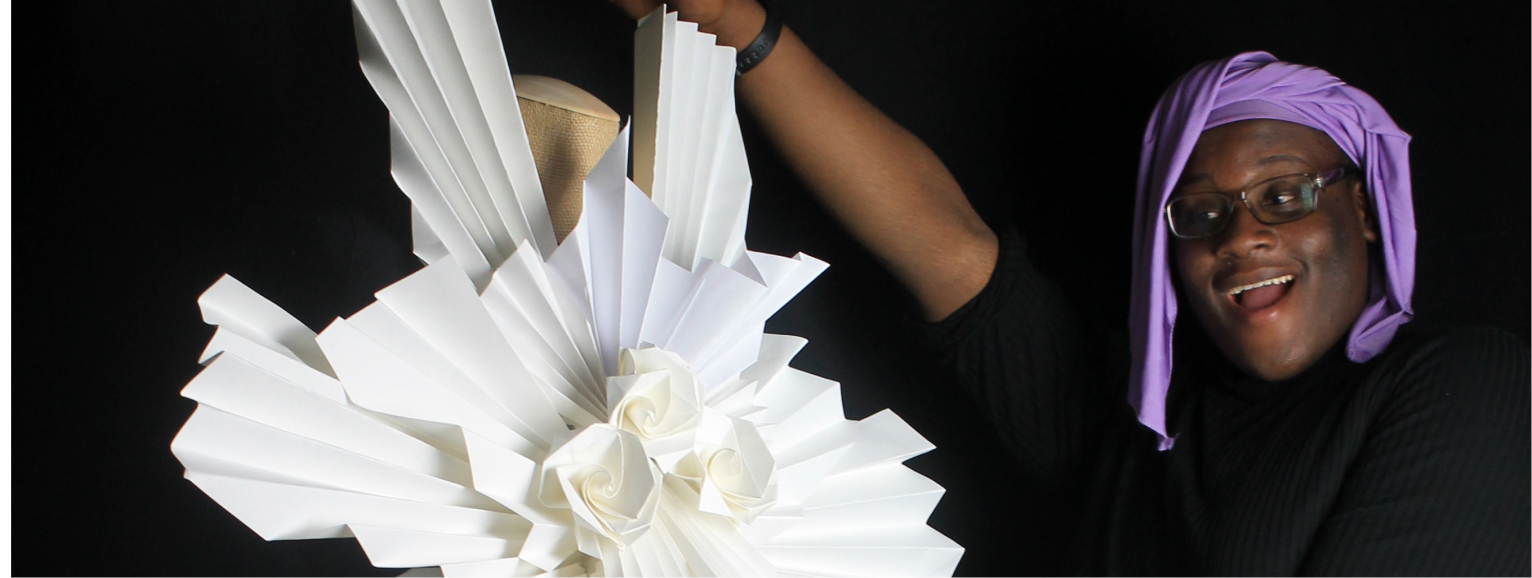Our Beliefs
Our Guiding Principles
What do artists do?
Artists practice. Similar to musicians and athletes, artists practice constantly, observing and evaluating outcomes to determine their next steps.
Artists work with ambiguity. Knowing (and sometimes not knowing) where to go with their work, artists understand that this is part of the artistic process…
The child is the artist.
In PreK-16 TAB classes, students experience the visual arts as artists responsible for their learning. Following introductions to available media, student artists advance their individual artistic processes through exploration and discovery, inquiry and ideation, skill development and artmaking, reflection and revision, self-evaluation…
The classroom is the child’s studio.
TAB classrooms are highly structured studio environments with clearly delineated expectations for self-directed learning in choices of varied work spaces. Available tools and art materials are introduced to students who can then access and arrange these materials independently to initiate and explore their artwork.
Testimonials
Teachers and administrators have observed huge increases in engagement and big decreases in behavior issues. All with no loss of skill development. Gone are the factory style classrooms where 30 students create identical collages. Instead, creativity has blossomed as never before.”
Leo Muellner, Director of K-12 Visual Arts, Acton-Boxborough Regional School District, Massachusetts

